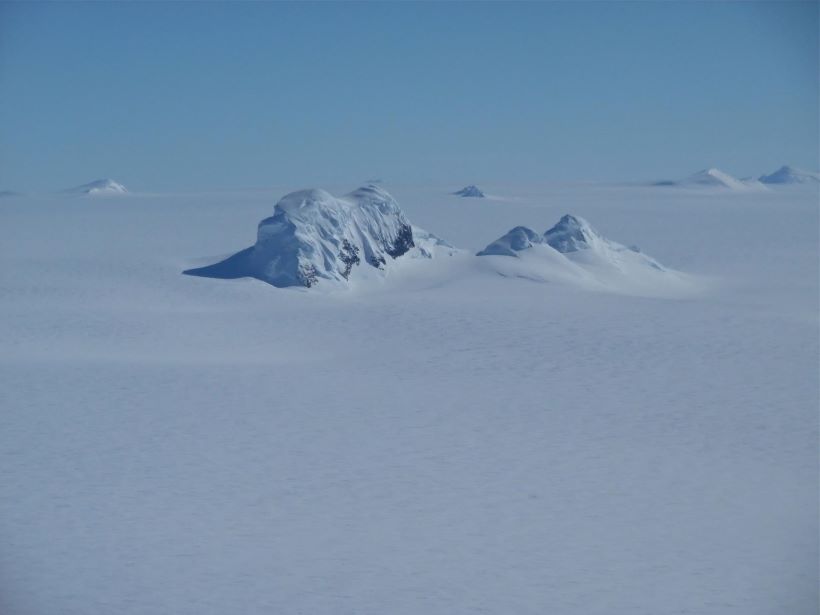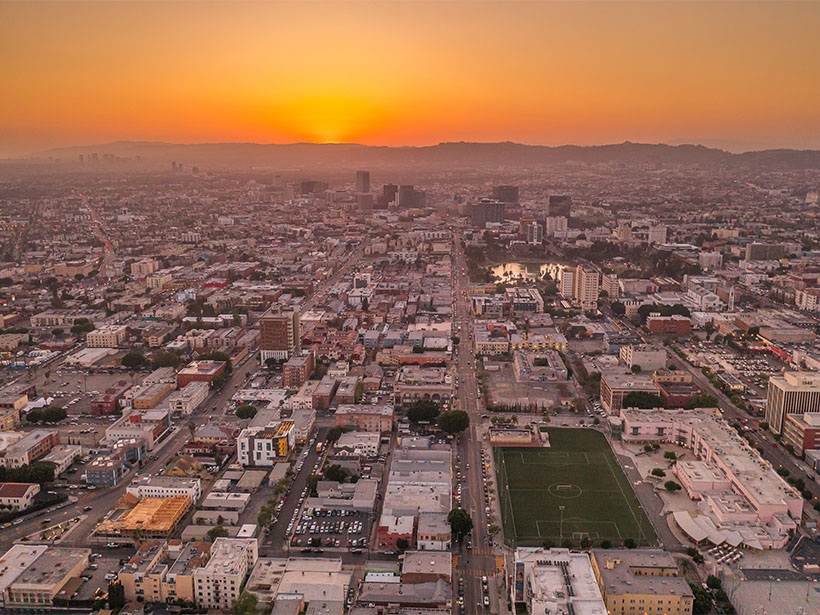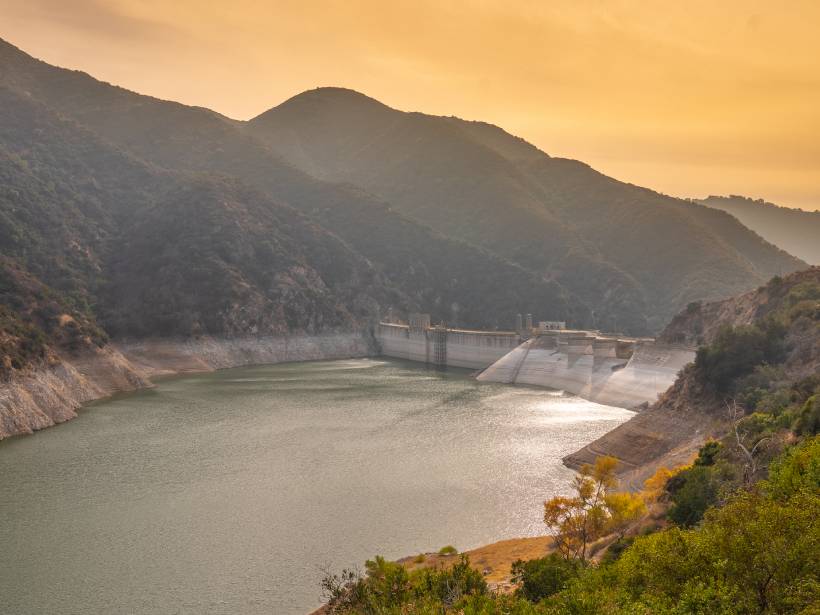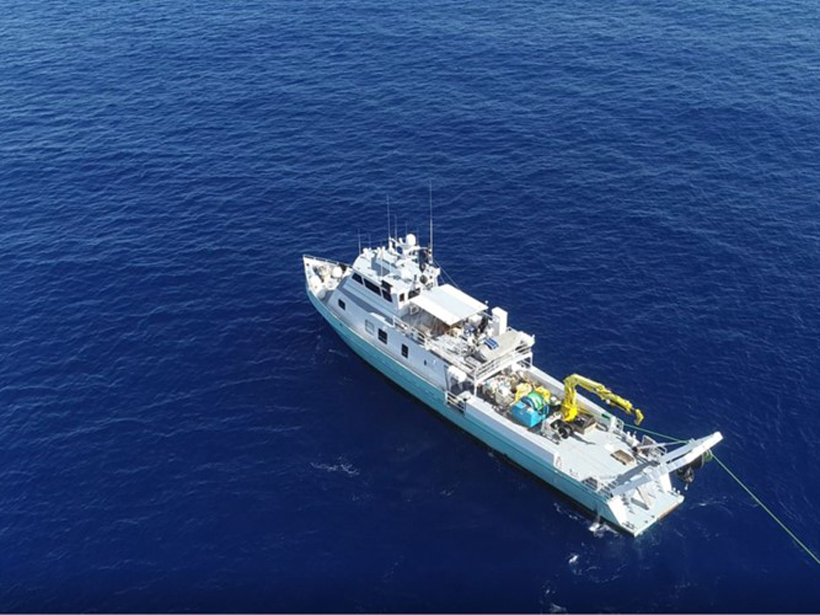New satellite observations of polar stratospheric clouds have advanced our understanding of how, when, and where they form, their composition, and their role in ozone depletion.
Reviews of Geophysics
When Deep Learning Meets Geophysics
Traditional physical models are no longer the only foundational tools for processing geophysical data; “big data” help to reveal the laws of geophysics from new angles with exciting results so far.
Exploring the Dramatic Shift in Ice Age Duration
Scientists are still seeking an explanation for the Mid-Pleistocene Transition when ice ages became longer in duration and exploring what it may mean for future climate change.
How Anthropogenic Drought Plays Out
Drought should be considered and modeled as a process, including human–nature interactions, and not merely a product of water deficit.
Wind: Discoveries and Impacts of a Venerable Spacecraft
Wind has been one of the most robust, diverse, long-lasting, and impactful heliophysics missions ever to have been carried out.
A Better Way to Understand Drought
New models should consider drought a process, not merely a product, and should factor in the huge variety of causes, effects, and feedbacks that play out in the real world.
Tropical Carbon and Water Observed from Above
Satellite observations show how tropical forest carbon fluxes respond to changes in water from climate variability.
Summer Monsoons: Regional Manifestations of a Global System
New insights from observations and theory suggest that the essential drivers of Earth’s summer monsoons are not as obvious as was previously thought.
Freshened Groundwater in the Sub-seafloor
Scientists are using a variety of geochemical, geophysical, and numerical methods to study offshore freshened groundwater and better understand its role in the global water cycle.










